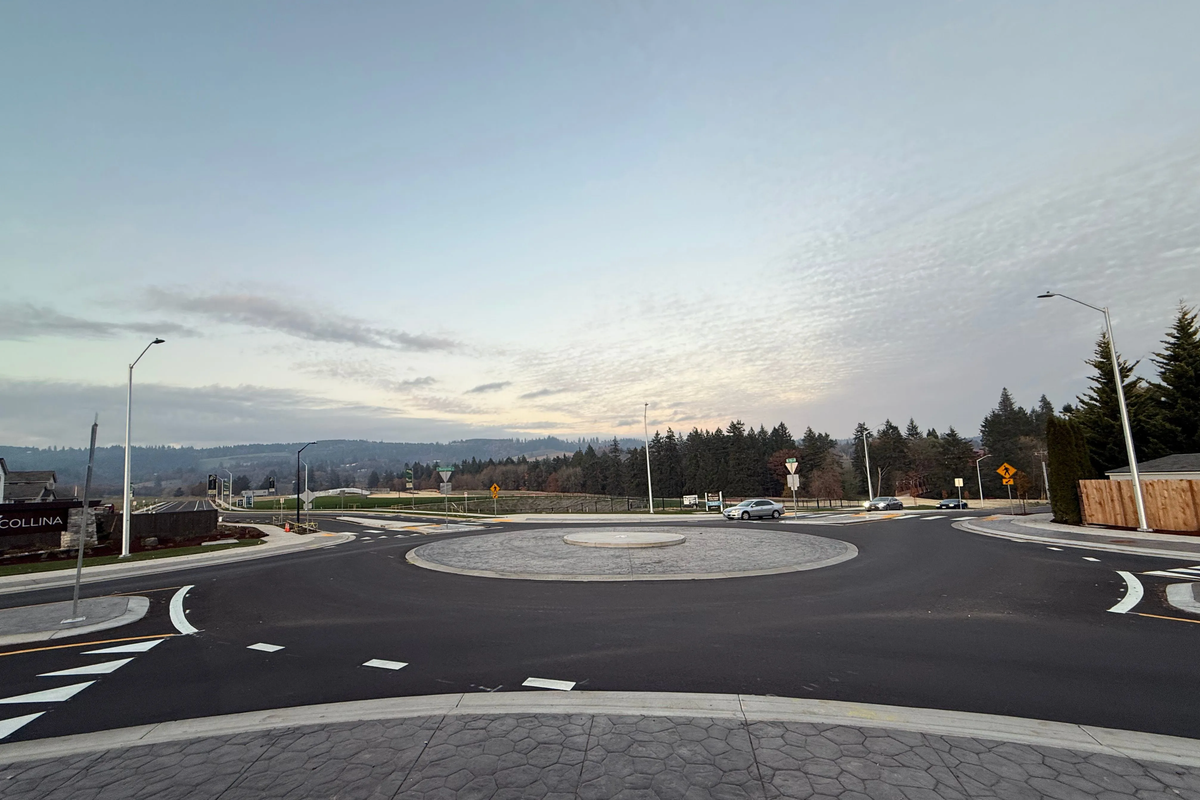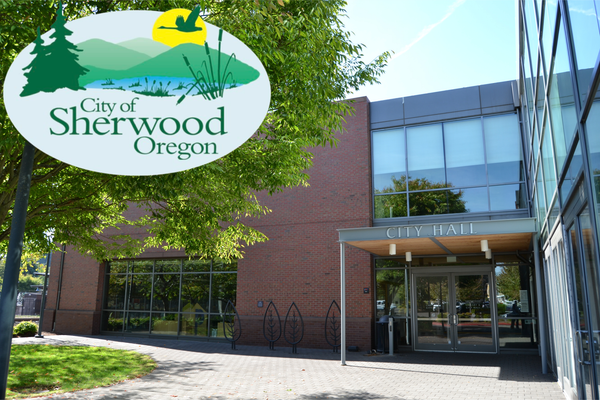How to use a roundabout or traffic circle
Here's everything drivers should know about using traffic circles in Oregon

This article was originally published in Newsberg on Nov. 11, 2025.
The addition of new traffic circles in Oregon in recent years has left some drivers unsure how to navigate them safely. Residents have reported confusion and unsafe driving practices at several intersections.
For current and future land use and engineering projects, Newberg contracts with Idaho-based Keller Associates. Portland-based civil engineer Trevis Smith serves as the city’s primary contract engineer.
“On a personal basis, I appreciate the significant decrease in serious accidents that roundabouts bring to intersections — and the fact that you never have to wait at a red light,” Smith said.
So what’s the right way to drive through a roundabout? In short: yield to traffic already in the circle, then turn right and travel counterclockwise to your exit. Signal when you’re approaching your exit to let oncoming drivers whether you’ll be continuing around the circle or exiting the circle.
The Oregon Department of Transportation outlines a four-step method for using roundabouts safely: approach, enter, proceed, and exit.
Approach: Slow down as you near the roundabout. Watch for cyclists and pedestrians who may merge into traffic or use the sidewalk.
Enter: Yield to vehicles already in the roundabout. Wait for a safe gap before merging, and stop if necessary.
Proceed: Continue counterclockwise until you reach your exit. Allow cyclists the full travel lane and do not pass them.
Exit: Signal your turn with your right blinker. Watch for people in the crosswalk and be prepared to stop for pedestrians.
Some roundabouts have multiple entrance lanes that determine which exit you’ll take. Pay close attention to lane markings, and avoid changing lanes or passing other vehicles — especially large trucks — inside the circle.
If an emergency vehicle approaches, do not enter the roundabout. Pull over to the right and wait. Vehicles already in the circle should exit as soon as possible and then pull over; never stop inside the roundabout.
Cyclists may ride through the roundabout as vehicles, using the regular travel lanes, or they may use sidewalks and crosswalks by yielding to pedestrians and traveling at a walking pace — or by walking their bikes.
Pedestrians should stay on sidewalks and use designated crosswalks. Make eye contact with drivers before crossing, and cross one direction of traffic at a time, waiting at the island until it’s safe to continue.
Roundabouts are designed to improve traffic flow by reducing the need for stop signs and traffic lights. Drivers typically yield rather than stop, which helps reduce congestion and backups.
Roundabouts can accommodate all types of vehicles, including trucks, school buses, freight carriers, and farm equipment. They also help reduce vehicle speeds.
According to ODOT, roundabouts are significantly safer than traditional intersections — reducing fatalities by 90%, injuries by 76%, and all crashes by 35%, particularly rear-end collisions.
They also have lower maintenance costs, improve fuel efficiency, reduce vehicle-pedestrian conflict points, and lessen the severity of crashes when they do occur.
Bibliography
Oregon Department of Transportation Roundabout FAQ: https://www.oregon.gov/odot/Engineering/Roundabouts/Roundabout-FAQ-How-to.pdf












